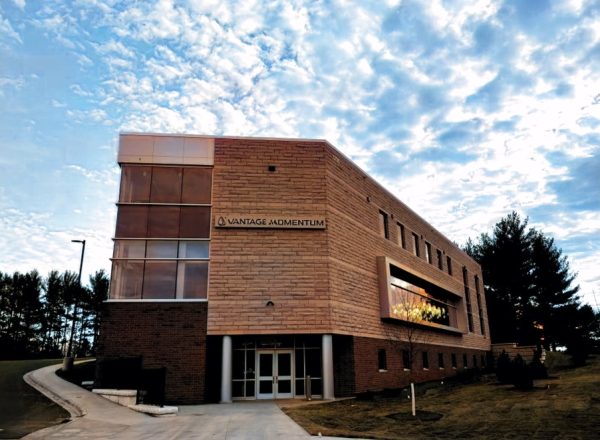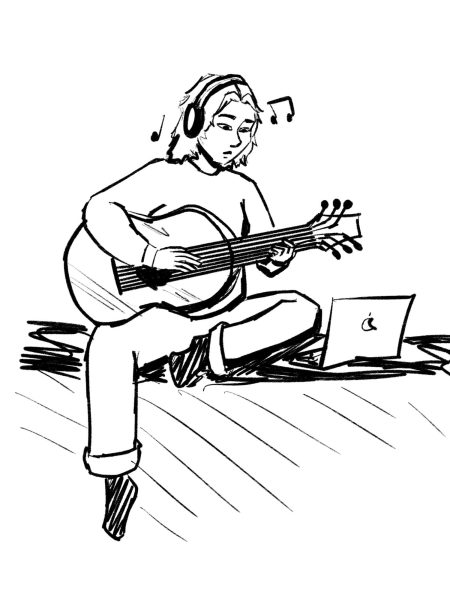Internet For All: The Disparities Between School and Home
September 27, 2019
The world is moving fast. Very fast. And while most of us have the capabilities to keep up with it, some slip through the cracks. In this day and age, having access to the Internet is up there with having access to clean water, electricity, and access to education. But what happens when people don’t have a reliable way to access the Internet? If school kids have to do their homework in a McDonald’s parking lot just so they can get access to a WiFi source, is that really the right way to go about the education system?
Education is a basic human right. It’s literally stated in the United Nations Universal Declaration of Human Rights, article 26, “The Right to Education.” So why is it that some schools are making education almost impossible for students who do not have Internet access at home? Technology in education is not a bad thing; it’s actually improving education as a whole.
When asked how the introduction of technology has changed the classroom, Megan Hill, an elementary school teacher at Groveland, responded with, “there are a multitude of very well-built apps that compliment what the children are learning in class. [Technology] has allowed children to share what they’ve learned with others and with me.”
It is clear that technology has become an integral part of a school’s curriculum; we see it here at Minnetonka, with every student being given an iPad. But how does that technology transition to a home where Internet access is not available to the student?
When asked if there is a noticeable disparity between students when it comes to Internet access, Hill simply responded with, “yes, very much so”.
She goes on to answer how the introduction of technology has affected the lower income students who may not have access to the Internet by saying, “at our school, we make sure that we know the children who don’t have access and provide them with a computer to use at home so it’s not an impediment. Minnetonka is very generous in that regard.”
When asked about her perspective as a student towards the disparity between those who do and those don’t have Internet access, Haile Craney, a student at Luskin Academy in South Los Angeles said, “I personally think schools with more access to technology have better options and opportunities compared to those schools that don’t because the schools that are more fortunate have a lot more resources for studying, doing work in class, and doing homework during free time. Schools that don’t have technology use the material that is taught in books and can, more often than not, be very outdated.”
Craney said, “having no Internet access at home could be a large obstacle,” especially when the school a student attends is filled to the brim with advanced technology. It is critical to bridge the gap between schools and home when it comes to being able to access the Internet in order for students to be successful. Considering our world is advancing so quickly when it comes to the Internet, it is only right that all students should be able to advance along with the world.
































